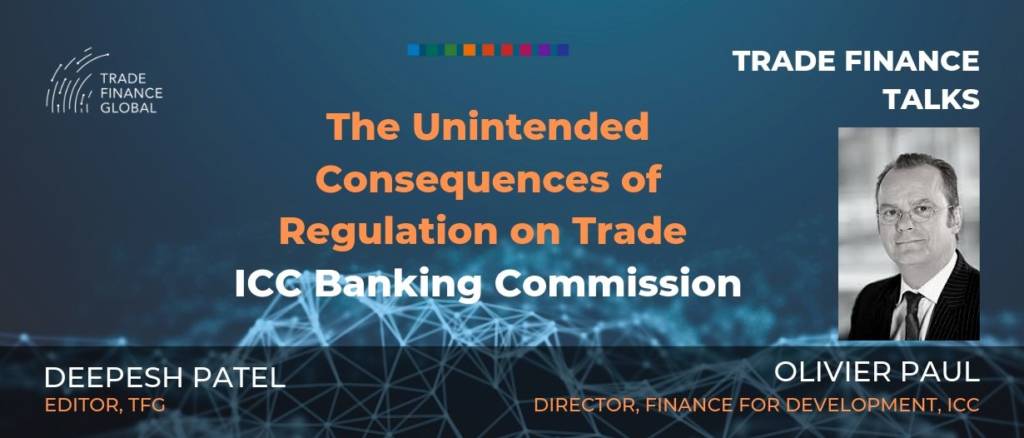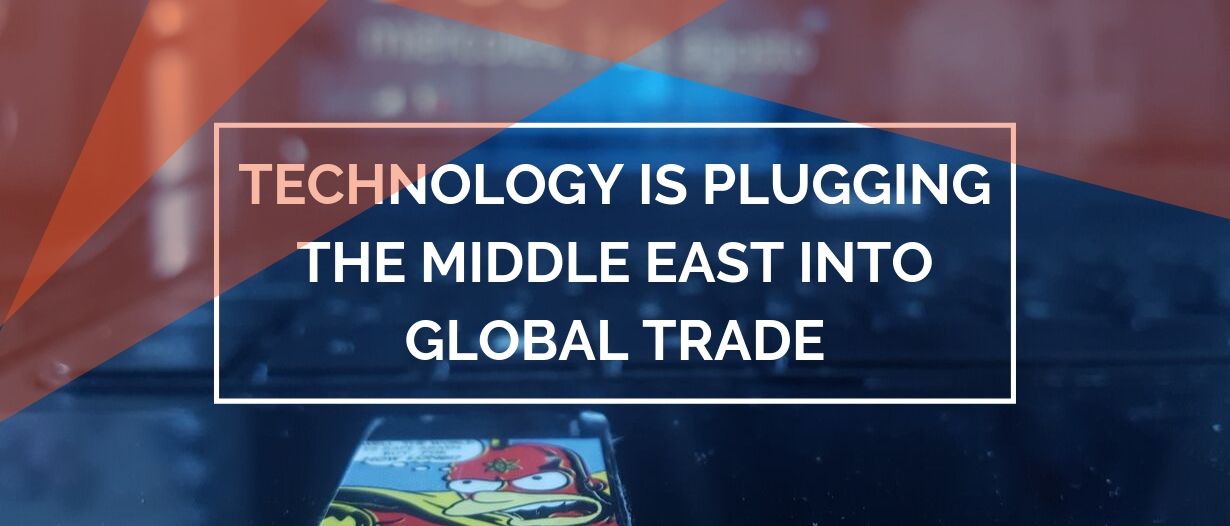Five years ago, if you asked a global investor how they viewed the Middle East, two prominent factors would probably have immediately sprung to mind. Oil and real estate, the latter most obviously in Dubai. This has changed significantly. TFG’s Persiana Ignatova spoke to Emma Parsons, EDB’s Regional Director for the UK and Ireland about the role of technology within global trade in the MENA region.
For decades, the region’s economy had been beholden to the rise and fall of the oil price, investment in infrastructure during the boom years and retrenchments during the lean. Clearly, much of the region achieved substantial economic gains in a relatively short space of time. But it became increasingly clear that such a model was not sustainable.

Hence the need and desire to diversify away from hydrocarbons and truly integrate the region into the increasingly globalised world economy. Significant hurdles need to be overcome however. Research and Development investment in the Middle East averages 1% of GDP, compared to an OECD average of 2.5%. Intra-regional trade is frustratingly low at under 10% of total trade. And unemployment, particularly among the young, is stubbornly high – as much as 30% in some countries.
Broadening horizons and integrating more closely into the global commerce system was, and remains, vital to the future success of the Middle Eastern economies. Yet, integration must look different this time around. The supplier-purchaser relationship that characterises the hydrocarbon market is not applicable in today’s modern, interconnected world. Collaboration is king and the traditional ways of working are increasingly outmoded. Where once the pulling of an infrastructure investment lever would inflate an economy, now a sustainable uplift in economic output must have some basis in the digital and technology worlds.
Finance as the foundation of change
Take finance, a sector that parts of the Middle East have been pioneers in for decades. Despite this, rarely does the region enter conversations on the top financial destination. London, New York and Hong Kong dominate. Yet, Bahrain for instance was the first country in the Middle East to establish a banking system and is celebrating the 100th anniversary of this founding later this year. Couple this heritage with its geographical advantages and one wonders why the Middle East as a centre for global trade has not been more obvious for longer.
And yet to many it has. Bahrain is the largest financial services (FS) hub in the region with more than 400 institutions making the island nation its home. Members of this FS community can take advantage of the country’s position as the gateway to the $1.5 trillion Gulf Cooperation Council (GCC) economy. In a period dominated by headlines of geopolitical instability, the GCC is performing robustly when it comes to GDP growth. And this growth comes from an increasingly diversified base. The IMF calculated that between 2000 and 2017 the GCC relied on oil for 42% of its GDP. But, in Bahrain oil is now responsible for less than 20% of GDP.
This growth must be coming from elsewhere and again this is where the region’s increased integration into global trade comes in: beyond its hydrocarbon heritage and towards its future as a digitally enabled and technology driven central player in global commerce. In many ways, the Middle East is copying the successes of countries like Kenya and jumping generations of technology. With an overwhelmingly youthful population who are amongst some of the most tech savvy in the world, conditions for change are far more conducive than one might imagine.
Technologies of tomorrow
Take Blockchain, a technology that will be the cornerstone of trade finance for years to come. A wide variety of trials are taking place across the Middle East, not only in traditional banking but also in easing cross border customs processes. It will also become a driver of change in remittance payments. According to Moody’s, transaction costs could be cut by up to 50%. When USD$40 billion a year is flowing out of the GCC in remittances, the savings could be substantial and put to far greater economic use.
This tech-savviness does have its limitations of course, particularly when it comes to cross border trade, which is far more traditional and rooted in bureaucratic procedures. This is doubly true for the Middle East where the trade finance rejection rate tends to be higher, especially for SMEs, 50% of whom can be rejected due to concerns over transparency and risk. This is why the digitising of know your customer processes or eKYC in countries such as Bahrain are so crucial.

Such proactivity in adopting pro-innovation reforms like eKYC is another example of the Middle East being very different to traditional pen-portraits. It is in fact ahead of the curve, regulating for future technologies and standing back to let them thrive. Not only will this completely transform Middle Eastern economies themselves, but will make them a ‘go-to’ destination for investors who will help the region reassert itself as the millennia-old centre of global trade.

































